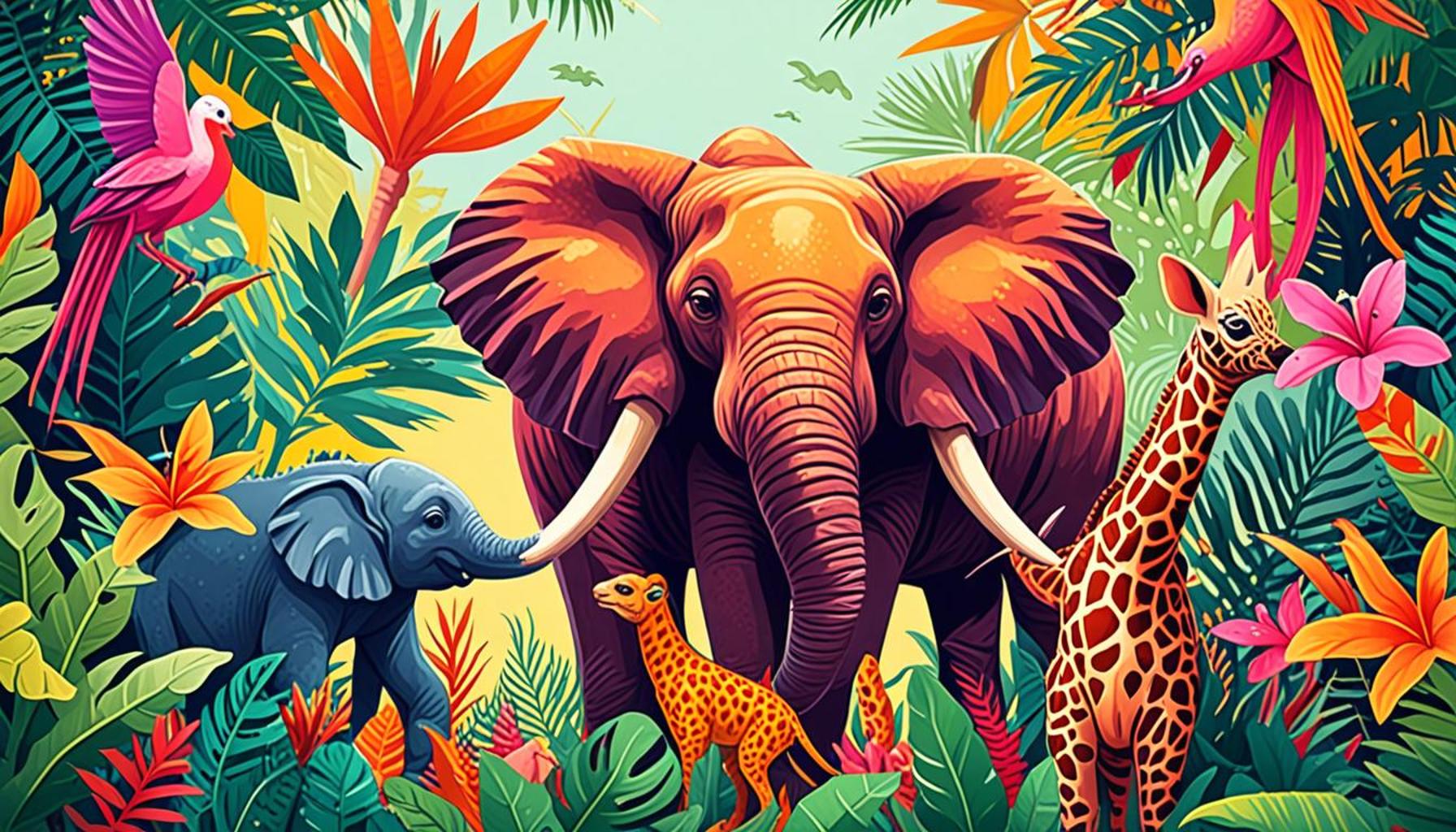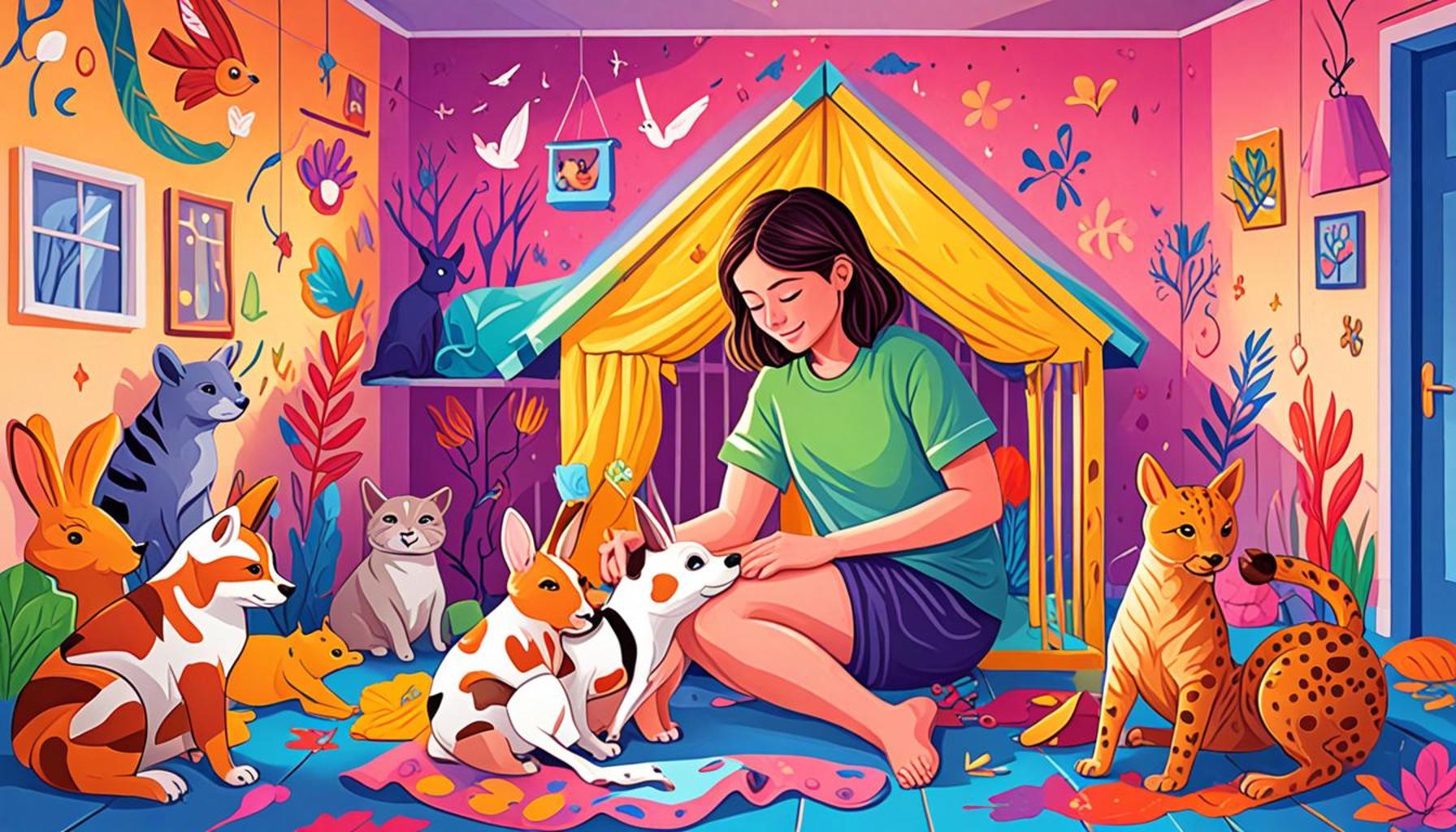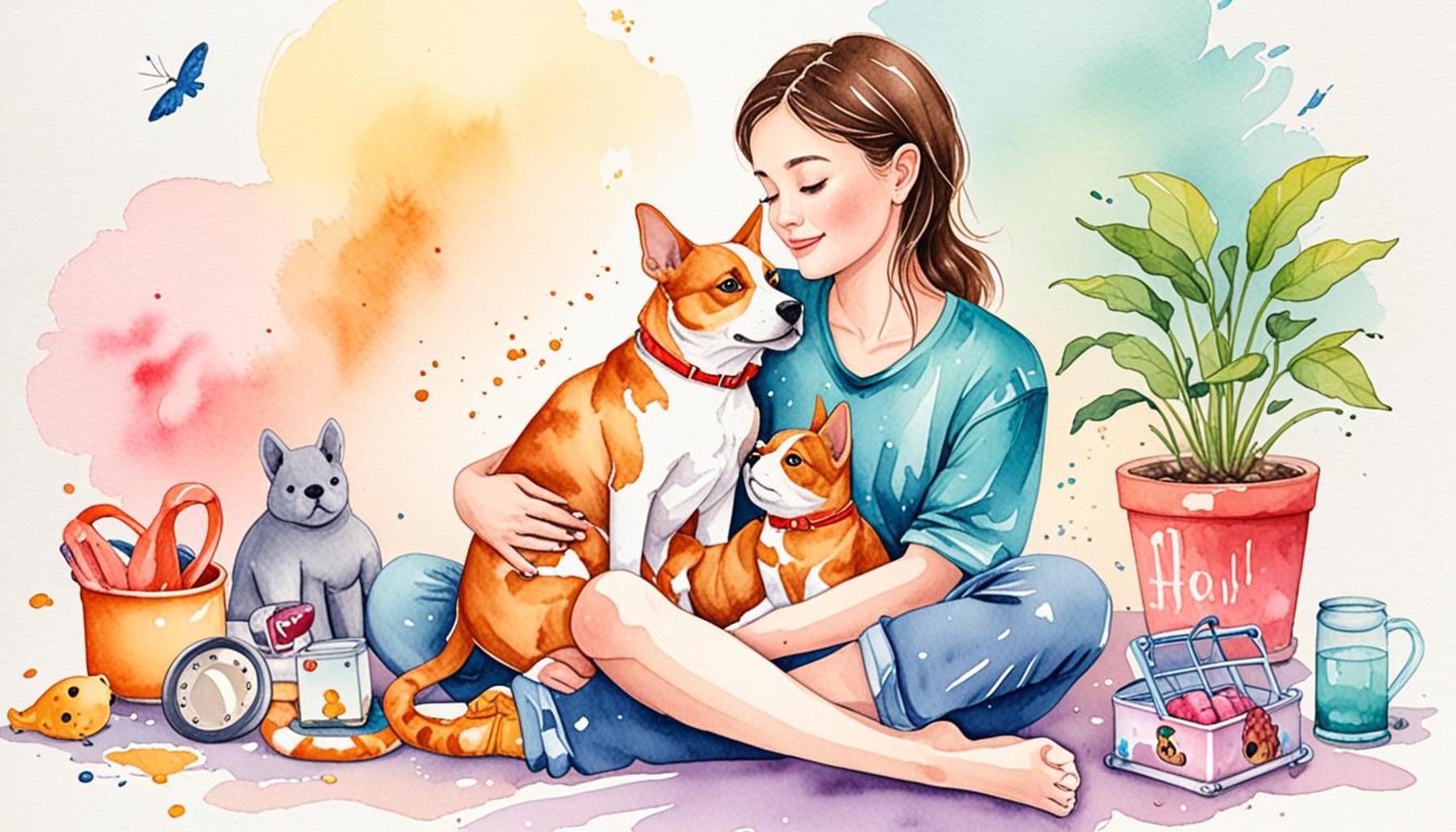The Role of Social Media in Promoting Pet Adoption
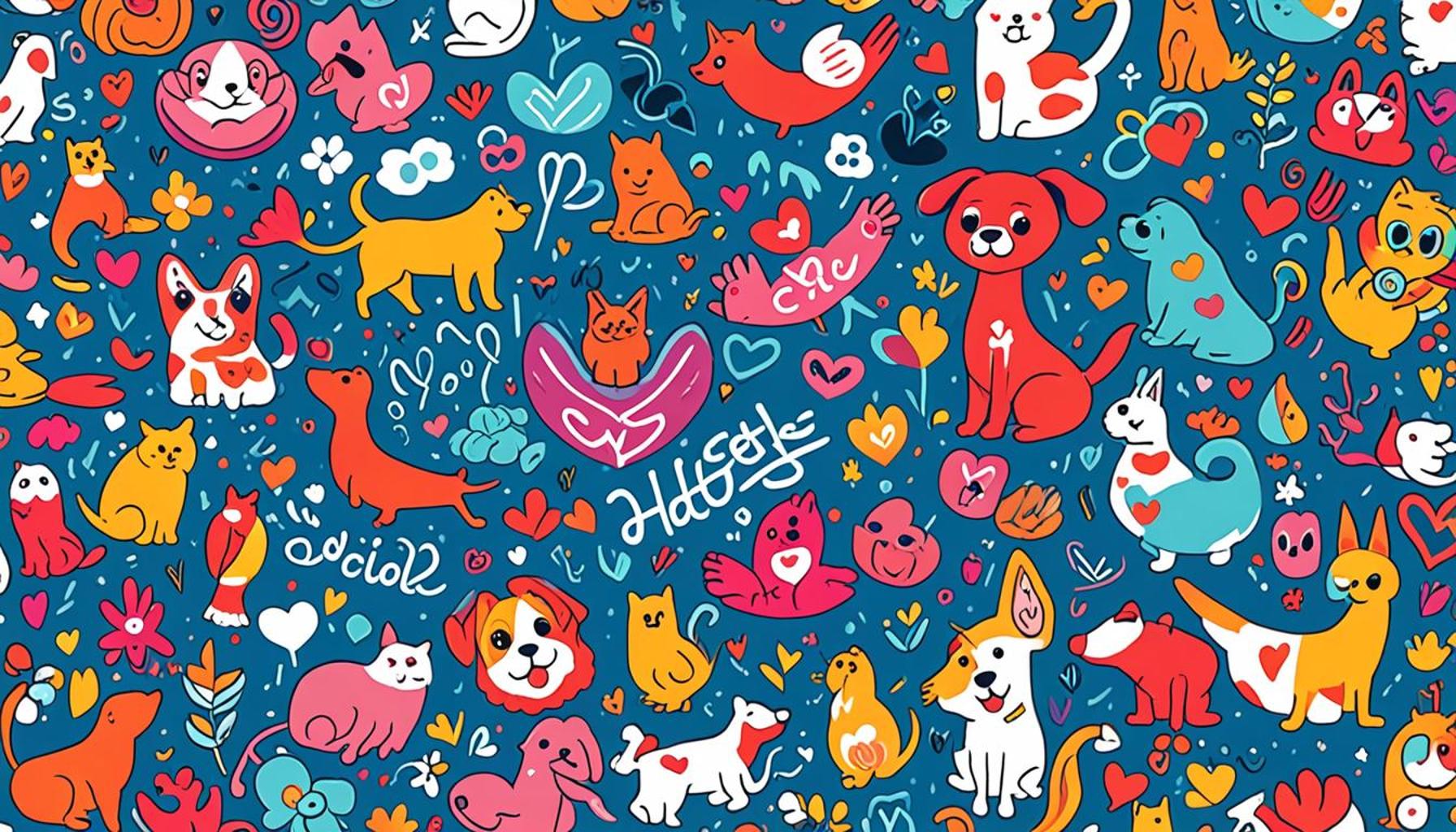
The Impact of Social Media on Pet Adoption
In a world where social media platforms dominate our daily interactions, their influence reaches far beyond personal connections. A particularly notable impact is seen in the realm of pet adoption, an area where passionate advocates and shelters can harness the power of digital communication to enact positive change. The digital landscape offers an unprecedented opportunity to rescue animals in need while simultaneously connecting them with loving families.
The American Society for the Prevention of Cruelty to Animals (ASPCA) reveals a staggering statistic: approximately 3.3 million dogs enter U.S. shelters annually. This number underscores the urgent need for increased adoption efforts. Most notably, social media campaigns have played a pivotal role in increasing adoption rates. An impressive statistic indicates that over 70% of pet adopters discovered their furry companions through social networks. This statistic highlights the powerful role of platforms like Facebook, Instagram, and Twitter in connecting potential adopters with animals in need of homes.
Community Engagement and Emotional Connections
Social media serves as an exceptional tool for fostering community engagement around shelter animals. Local animal rescues regularly host events, offering live updates and engaging narratives that capture the public’s attention. For example, Facebook Live sessions can showcase adoptable pets, allowing viewers to see their personalities firsthand and encouraging shares and comments that amplify their reach. This fosters not only connectivity but also empathy among potential adopters who may not have considered pet adoption previously.
Moreover, storytelling plays a significant role in creating emotional connections. Shelters often share heartwarming posts detailing the backgrounds of animals, highlighting their personalities, and describing the love and companionship they can offer. A touching story about a rescued dog named Max who found his forever home through a viral Instagram post can serve to motivate others to consider adoption. These stories resonate with users, transforming casual scrolls into potential lifelong commitments to animal welfare.
Visual Showcasing of Adoptable Pets
Another vital aspect of social media is its visual nature. Platforms such as Instagram thrive on striking images and videos, making them ideal for showcasing pets available for adoption. Eye-catching photos or video snippets featuring playful puppies or cuddly kittens can quickly capture the heart of a user, leading to increased inquiries and ultimately, adoptions. Campaigns that utilize hashtags like #AdoptDontShop have gained momentum, further raising awareness and garnering community support for shelter animals.
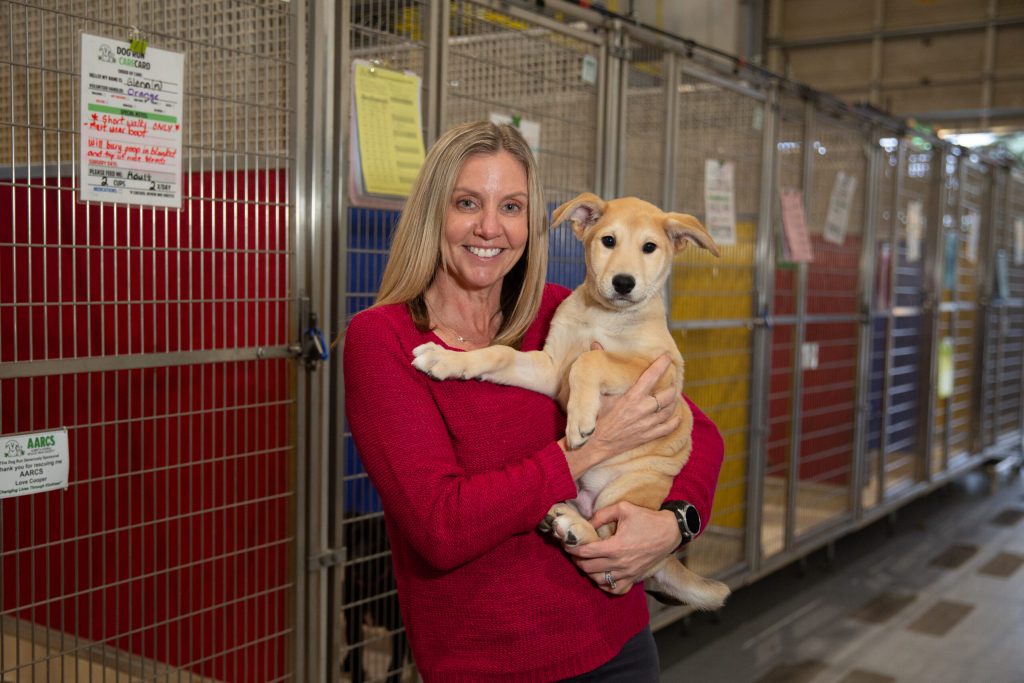
In addition to promoting pet adoption, social media serves as an educational platform, informing the public about responsible pet ownership and the challenges that animal shelters frequently face, such as funding shortfalls and overcrowding. By cultivating a more informed community, these platforms contribute significantly to the long-term welfare of animals.
As we continue to explore the significant impact of social media in promoting pet adoption, it is clear that its power not only transforms lives but also fosters a community devoted to animal rescue. Whether through engagement, emotional storytelling, or compelling visuals, social media is a tool that holds the potential to make a profound difference in the lives of both animals and their future families.
DIVE DEEPER: Click here for effective tips
Building Awareness and Driving Adoption Rates
The landscape of social media has revolutionized the way shelters and rescue organizations promote pet adoption. By leveraging platforms that boast millions of active users, these organizations can reach an audience that was previously unattainable. This expansive reach plays a critical role in building awareness of the urgent need for pet adoption and effectively driving adoption rates. In fact, social media campaigns have led to a profound increase in adoptions, with statistics showing that shelters report a 40% uptick in adoption inquiries after specific social media promotions.
One of the key advantages of social media is the ability to tailor messaging to resonate with local communities. Rescue organizations regularly utilize targeted advertisements and posts to attract potential adopters in their vicinity. By showcasing animals available for adoption in localized campaigns, shelters can significantly enhance their visibility over traditional forms of outreach, such as flyers or brochures. Furthermore, the use of geotags and location-based hashtags helps ensure that the right audience sees these posts, engaging those who are most likely to adopt.
Social media also allows shelters to form partnerships with local businesses and influencers to amplify their reach. For example, co-hosting events with well-known pet stores or veterinary clinics can boost attendance and the number of adoptions. When a local influencer shares a post about a shelter’s adoptable pets, it can drive substantial traffic to the shelter, enriching the community’s relationship with animal welfare organizations. This grassroots approach serves to create a robust support circle around pet adoption.
The Power of User-Generated Content
User-generated content (UGC) has emerged as a powerful tool in promoting pet adoption through social media. When adopters share their personal experiences and success stories, it creates a ripple effect within their social networks. This authentic form of advocacy is invaluable, as it builds a sense of trust among potential adopters. Happy pet owners posting pictures of their newly adopted dogs or cats often urge their friends and followers to consider adoption too. It is essentially free advertising for shelters and serves to break down common misconceptions surrounding adoption.
- Testimonials: Positive reviews and stories of successful placements motivate others to take the plunge.
- Before-and-After Posts: Highlighting transformation stories can captivate audiences and emphasize the importance of adoption.
- Community Challenges: Engaging the public with challenges (e.g., sharing posts, adopting pets in pairs) fosters friendly competition that benefits animals waiting for homes.
Additionally, social media platforms provide analytics tools that help shelters understand audience engagement trends. Identifying which types of posts drive interaction can enhance future campaigns, ensuring shelters are continually adapting to the ever-changing social media landscape. By remaining cognizant of current trends and user preferences, shelters can more effectively reach potential adopters and engage with the public.
In conclusion, the role of social media in promoting pet adoption is multi-faceted and increasingly critical. By building awareness, driving engagement, and harnessing the power of user-generated content, these platforms empower organizations to find loving homes for countless animals each year. The connection between social media and pet adoption is a testament to how digital communication can foster real-world change in animal welfare.
| Category | Benefits |
|---|---|
| Increased Visibility | Social media allows pet adoption organizations to showcase animals available for adoption, reaching a vast audience. |
| Community Engagement | Platforms encourage interaction among users, fostering a community of pet lovers and potential adopters. |
| Emotional Connection | Sharing stories and images of pets creates an emotional bond, motivating people to adopt. |
| Cost-Effective Marketing | Utilizing social media is a low-cost way for shelters to promote adoption events and success stories. |
The impact of social media on pet adoption cannot be overstated. It serves as a powerful tool, making it easier for prospective pet owners to connect with local shelters and learn about available pets. The ability to share information quickly and widely has led to increased visibility for many organizations, allowing them to showcase a variety of animals searching for forever homes. Emotional storytelling combined with engaging visuals leaves a lasting impression on potential adopters, making them more likely to consider adopting a pet.Moreover, social media fosters community engagement, as users not only share posts but also discuss their experiences and support each other’s efforts in animal welfare. This sense of connection often leads to greater participation in local adoption events. Cost-effective marketing strategies on these platforms enable shelters to spread awareness without straining their often limited budgets.
DISCOVER MORE: Click here to learn about the importance of socialization in puppy training
Engaging Content Strategies That Captivate Audiences
To harness the full potential of social media in promoting pet adoption, shelters have increasingly turned to engaging content strategies that not only inform but also entertain. The nature of social media encourages the use of eye-catching visuals and creative storytelling, which are essential for grabbing attention in users’ crowded feeds. For instance, organizations are utilizing short, heartwarming videos showcasing the personalities of adoptable pets. These clips can be transformative, converting views into adoption inquiries as viewers are drawn to the unique quirks and antics of individual animals.
Moreover, live streaming has gained momentum, allowing shelters to host virtual adoption events in real time. This innovative approach enables potential adopters to interact with animals and ask questions on the spot without having to physically visit the shelter. Platforms like Instagram and Facebook now allow for live sessions where caretakers can showcase pets in a more personal and immersive format. This interaction not only humanizes the animals but also allows the audience to visualize the potential pet-owner connection, significantly increasing the likelihood of adoption.
Further captivating content strategies include interactive quizzes and polls. For example, shelters can post quizzes like “Which Adoptable Pet Matches Your Lifestyle?” These playful interactions not only engage users but also steer them towards considering specific pets that may suit their needs. Consequently, keeping potential adopters entertained leads to higher engagement rates, making them more likely to share posts with their network, thereby reaching an even broader audience.
Community Building and Support Networks
Beyond individual adoption drives, social media serves as a platform for building a vibrant community of animal lovers and advocates. Many organizations create dedicated groups for adopters, volunteers, and supporters to share their experiences and insights. This sense of belonging fosters a support network that can have long-lasting impacts on pet adoption trends. As individuals connect over shared stories and advice, they become more invested in animal welfare, often sharing posts about pets needing homes in their social circles.
For instance, the popular hashtag #AdoptDontShop has gained traction across various platforms, intertwining advocacy with a personal touch. Users share their adoption stories, add photos, and tag shelters, thus creating a digital tapestry of success stories that promotes the movement as a whole. This organic sharing further dismantles negative stereotypes surrounding shelter pets and fosters a compassionate narrative around adoption.
The role of social media in facilitating community events also cannot be overlooked. Groups often organize fundraisers, volunteer opportunities, and awareness campaigns through social media, uniting local communities in support of rescues. Participating in online events, such as “virtual pet parades,” allows supporters to showcase their adopted pets while raising funds for shelters. In this manner, social media not only promotes the immediate goal of pet adoption but also sustains long-term relationships between shelters and their communities.
In essence, by implementing engaging content strategies and fostering communities centered around animal advocacy, social media proves to be an invaluable asset in promoting pet adoption. The dynamism of digital platforms empowers shelters and rescues to amplify their message while creating spaces where animal lovers can gather, share, and inspire action. As social media continues to evolve, its role in animal welfare will undoubtedly expand, driving further positive change in pet adoption rates.
DISCOVER MORE: Click here for effective strategies
Conclusion
In conclusion, social media serves as a powerful tool in promoting pet adoption, transforming the way shelters and rescues connect with potential adopters. By leveraging engaging content strategies such as heartwarming videos, live streaming events, and interactive quizzes, organizations capture the attention of audiences while effectively showcasing the unique personalities of adoptable pets. These tactics not only entertain but also evoke empathy, ultimately driving a significant increase in adoption inquiries.
Furthermore, the role of social media extends beyond mere visibility; it fosters a robust community of animal advocates who share their experiences, insights, and successes. The viral nature of campaigns like #AdoptDontShop demonstrates the ability of shared narratives to dismantle stereotypes and reshape public perception towards shelter animals. As users actively participate in this digital dialogue, they form a supportive network that amplifies awareness and facilitates sustainable relationships between shelters and their communities.
As we look to the future, it is clear that the integration of social media in promoting pet adoption is not merely a trend, but a catalyst for meaningful change. With data indicating that online engagement correlates with rising adoption rates, continued innovation in digital outreach will play a crucial role in enhancing animal welfare. Therefore, it is essential for shelters and rescues to refine their social media strategies, ensuring they harness this platform’s full potential to inspire action and bring more furry companions into loving homes.
